What is the role of a parliament in today’s society? This project aims to examine and ultimately deconstruct colonial monuments (and their associated conotations) in order to create a vessel that is more inclusive and all-encompassing. Through the deconstruction of the Parliament, there allows for growth and expansion in a different way: an idea of inclusivity, diversity, and rematriation. The obvious beginnings for this project then was as archaic as architecture itself: a rematriation of materials. There were 47, 500 stones in total which had been removed from their birth site and brought to the parliament. Now, there would be a new form of parliament, with every inhabitant having the possibility to be called up for Parliamentarian Duty. Sessions are based off of the predominant seasons: 3 in total per year, with 75 Parliamentarians each session. And each Parliamentarian was responsible for the removal of one stone: culminating in a slow dismantling of a colonial power.

the map. the line of travel between the parliament (on the bottom end) to the original excavation of the materials (on the top end).
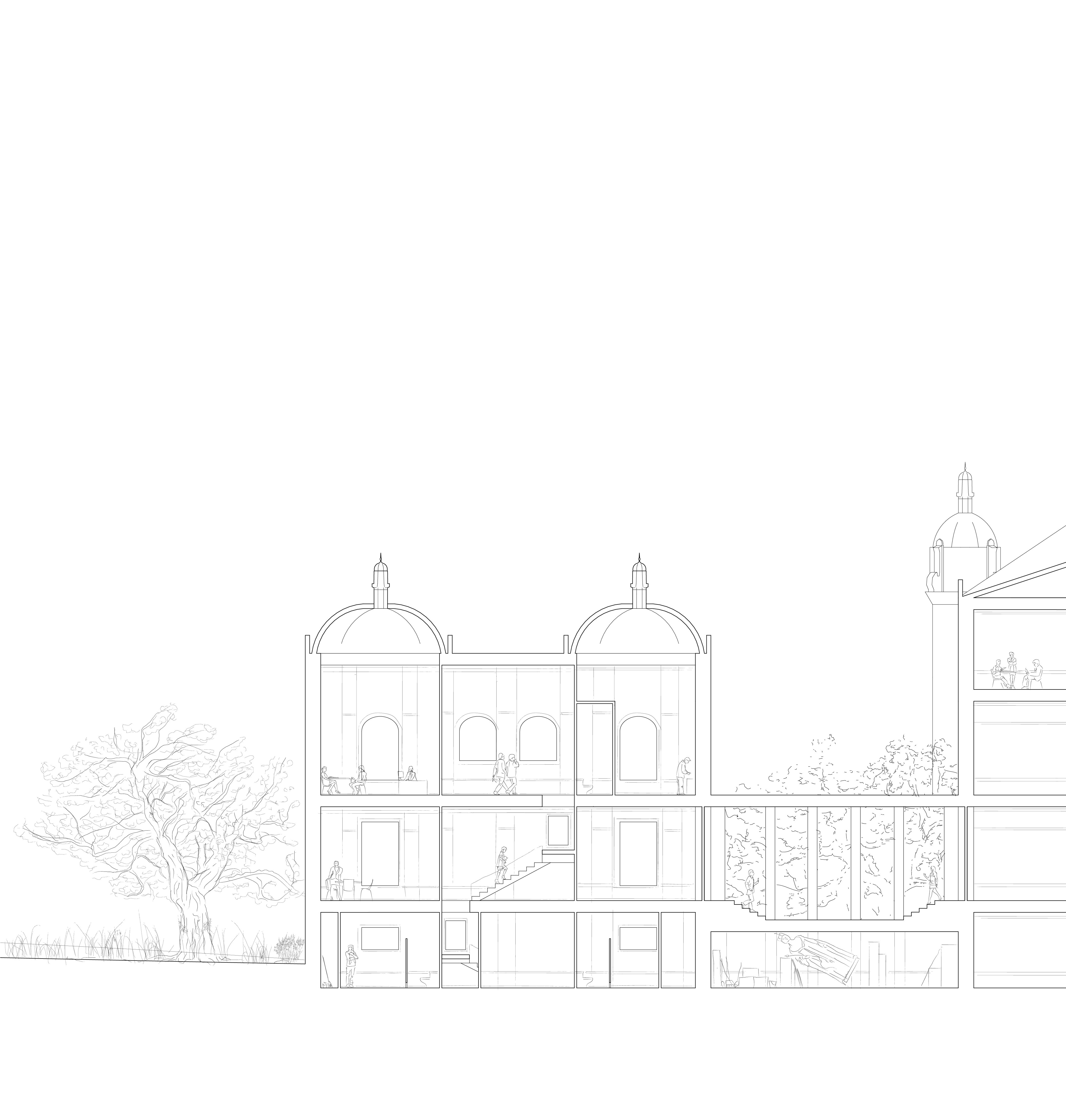

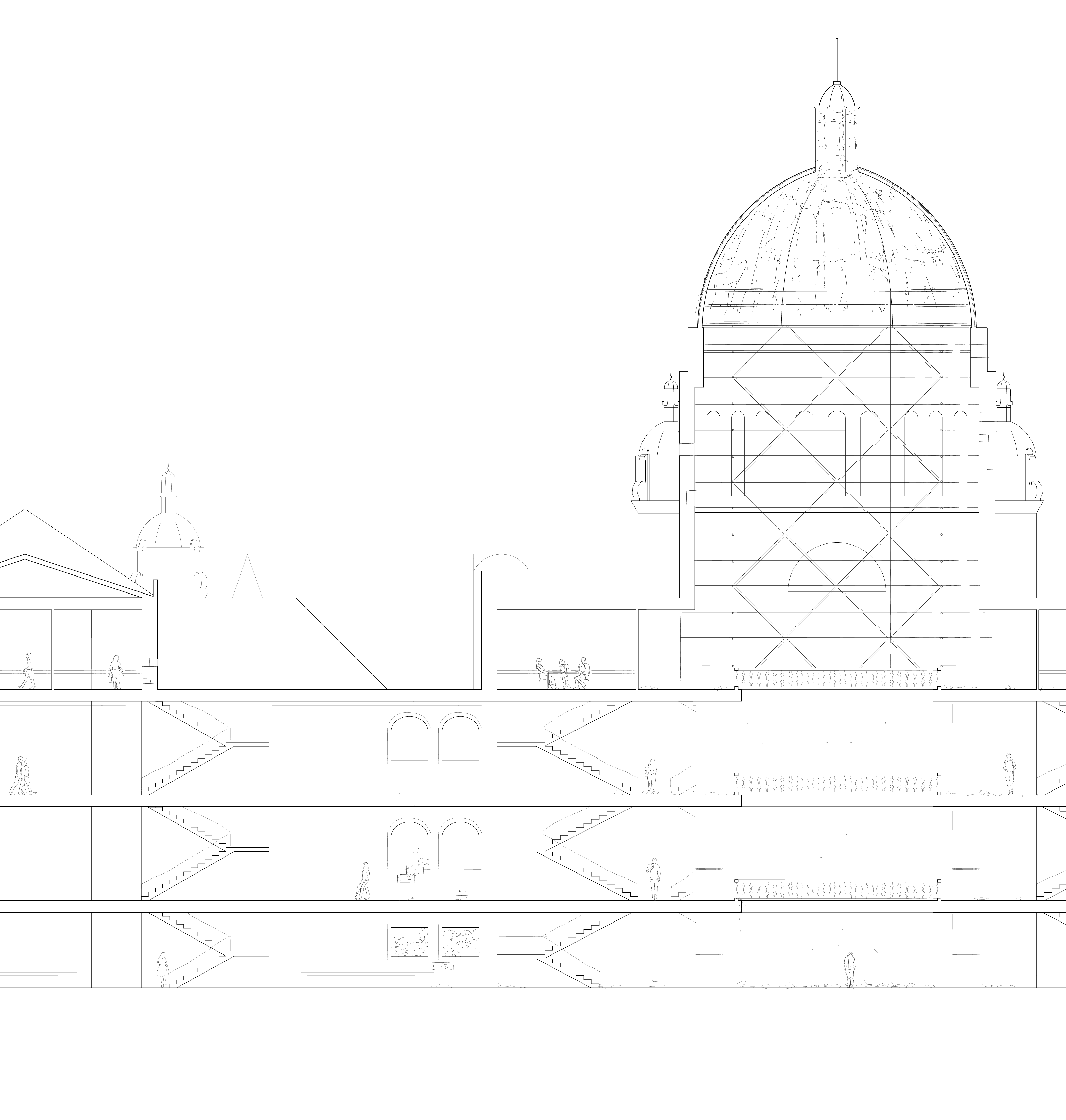











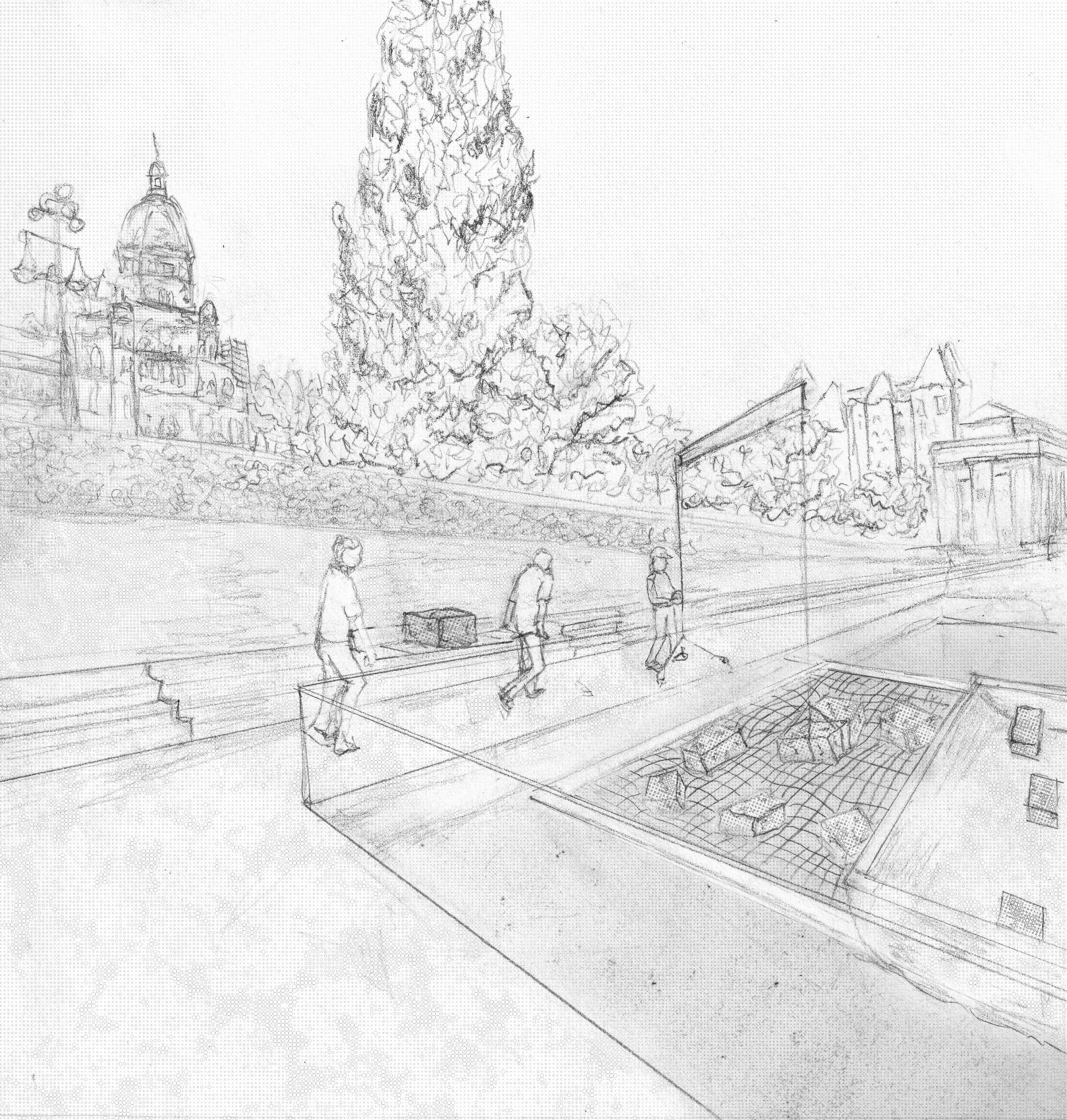
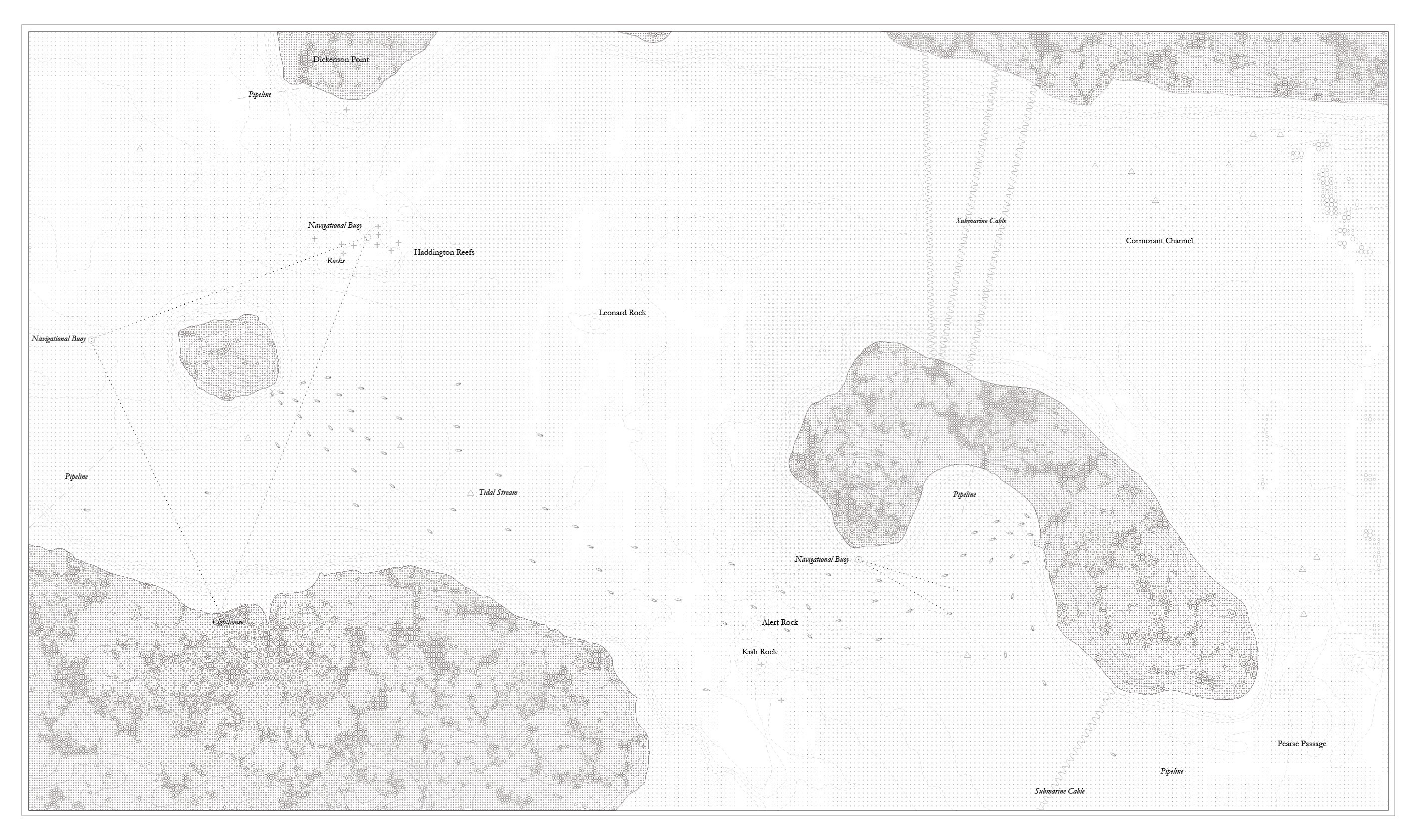

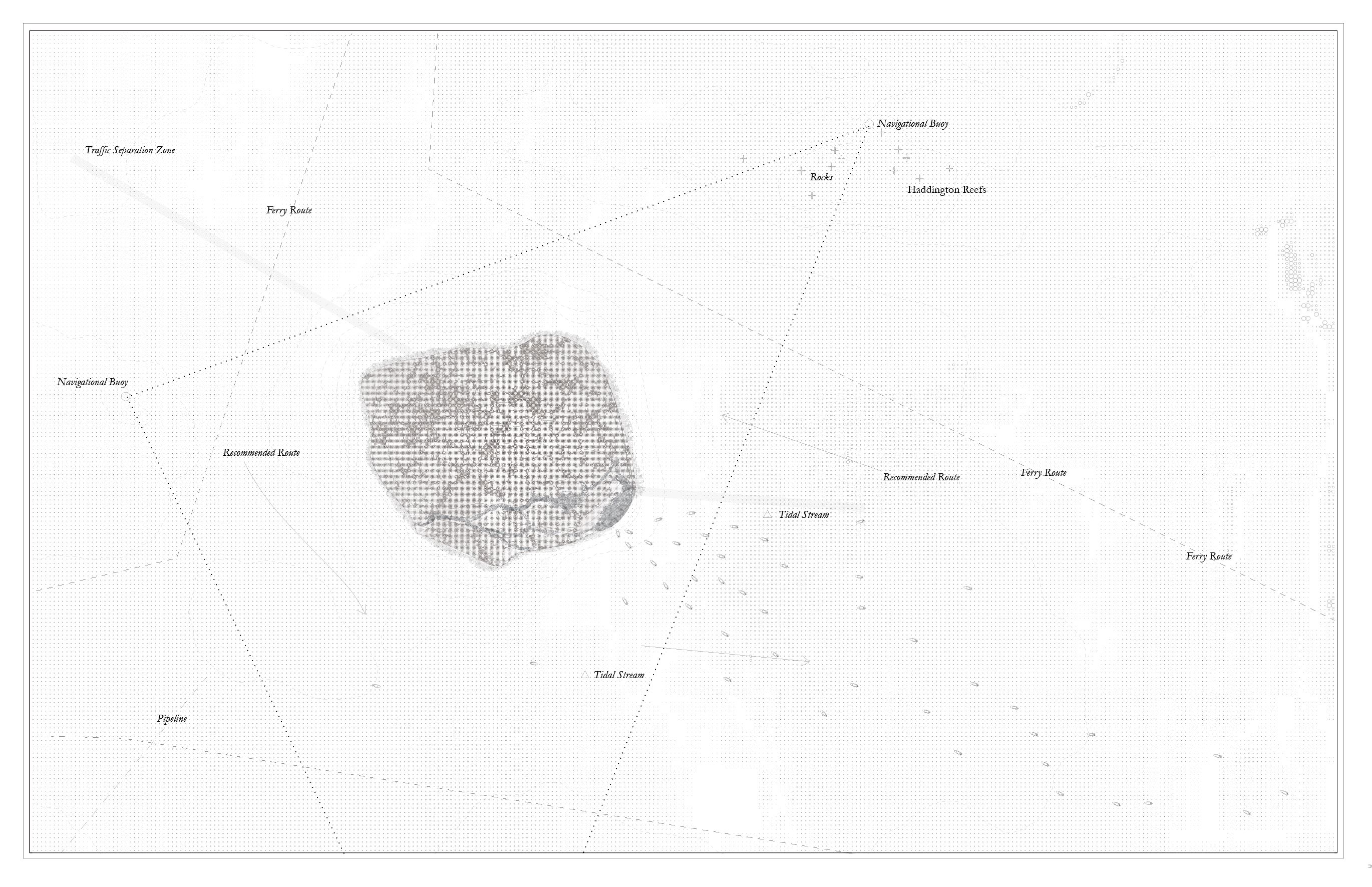
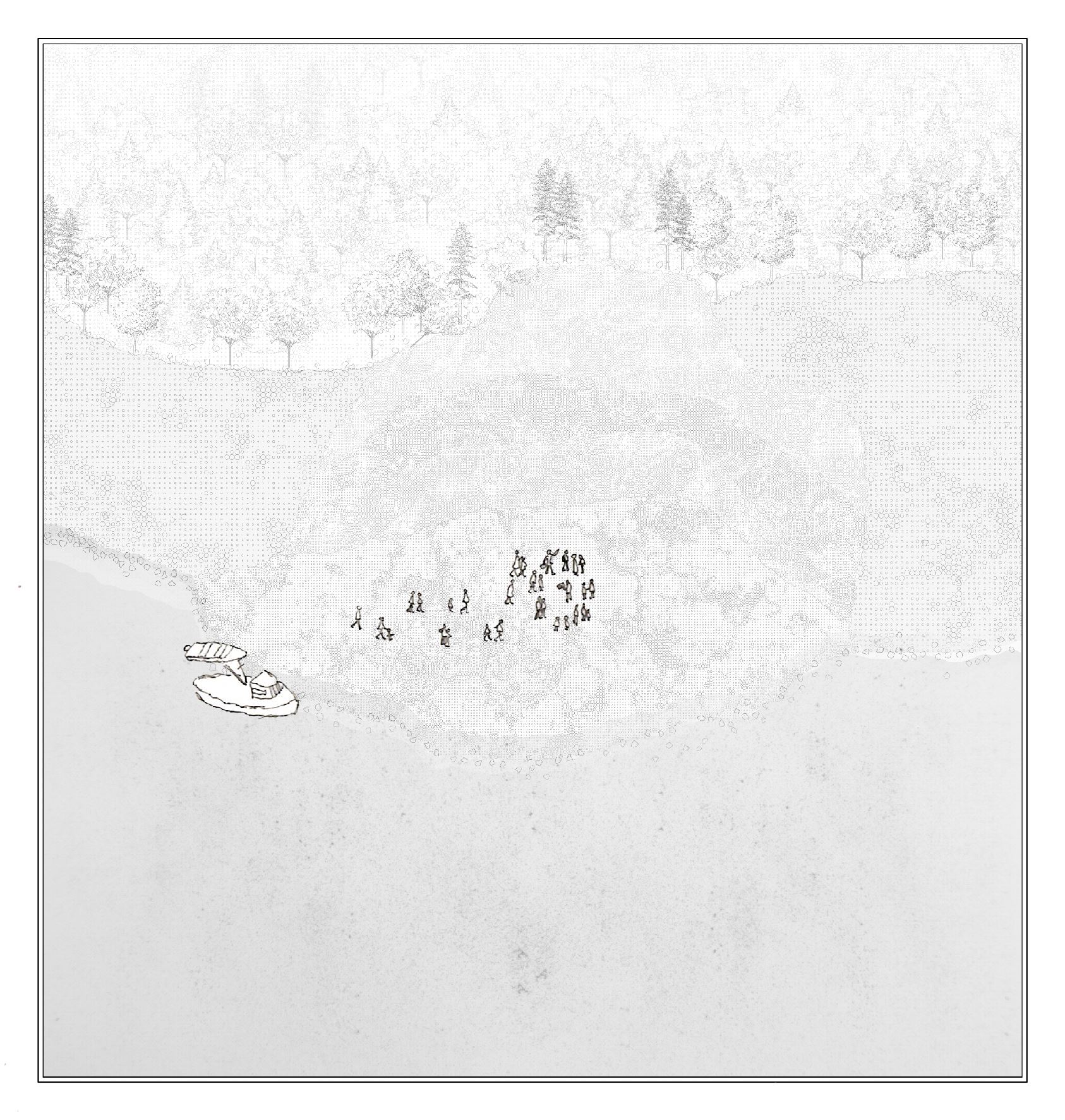

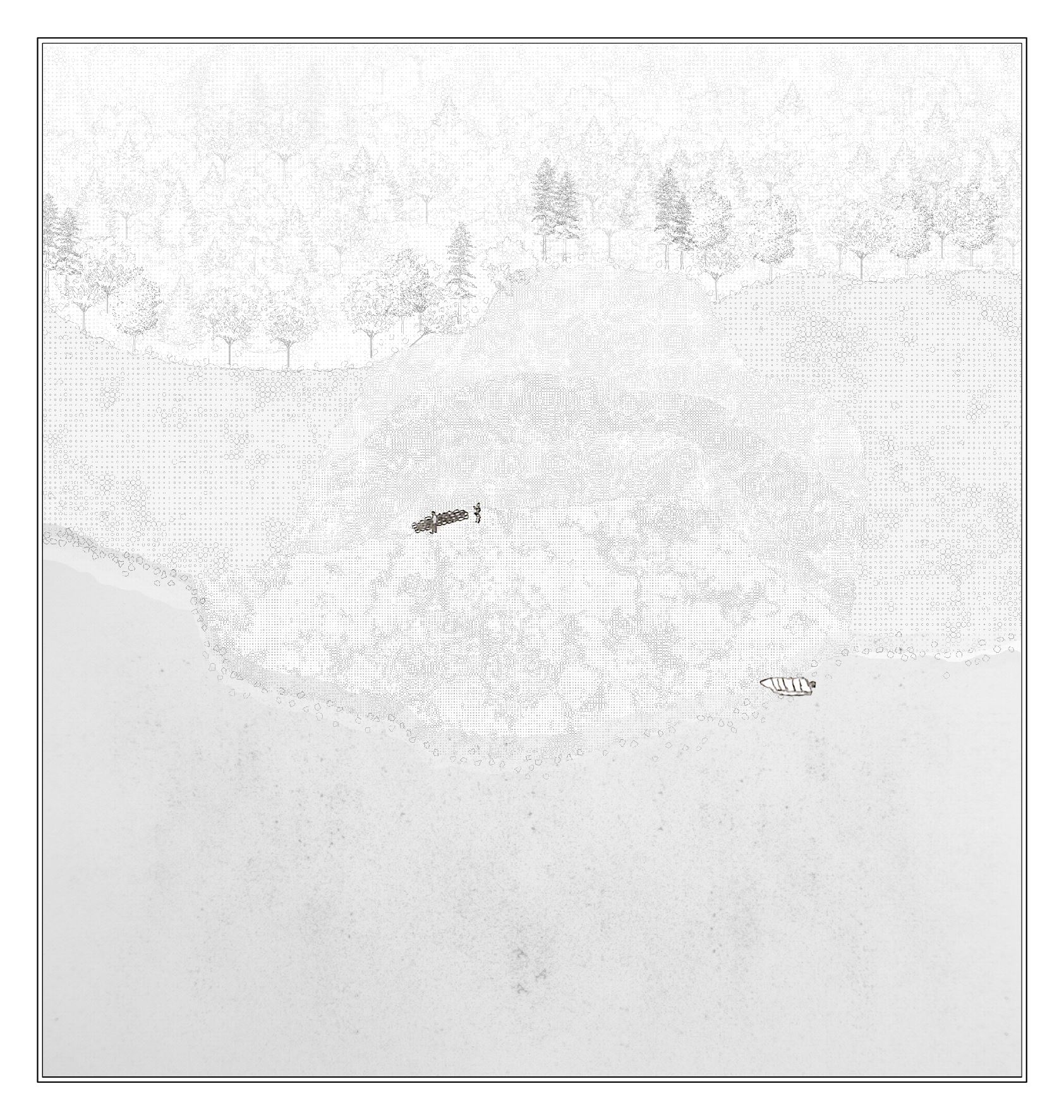



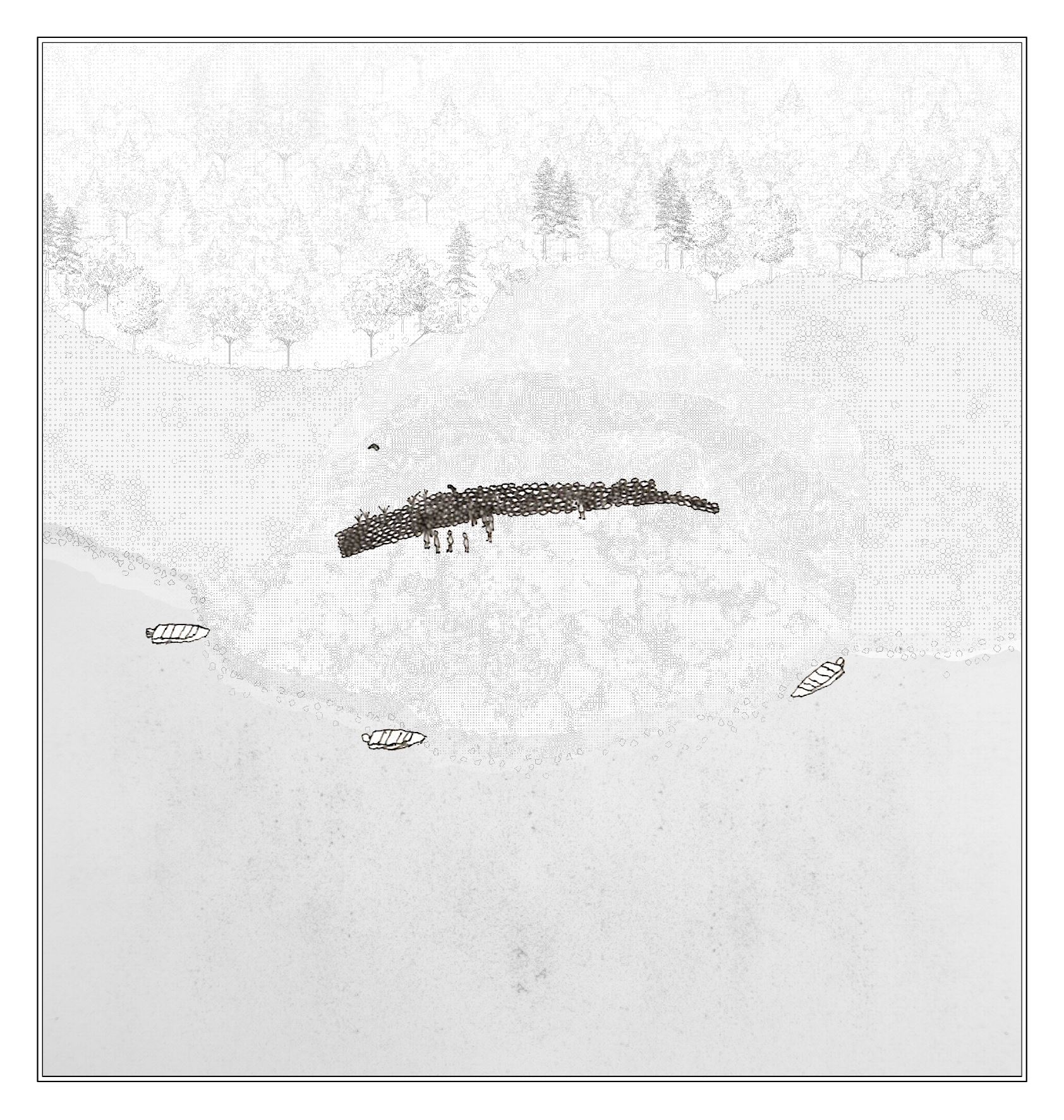


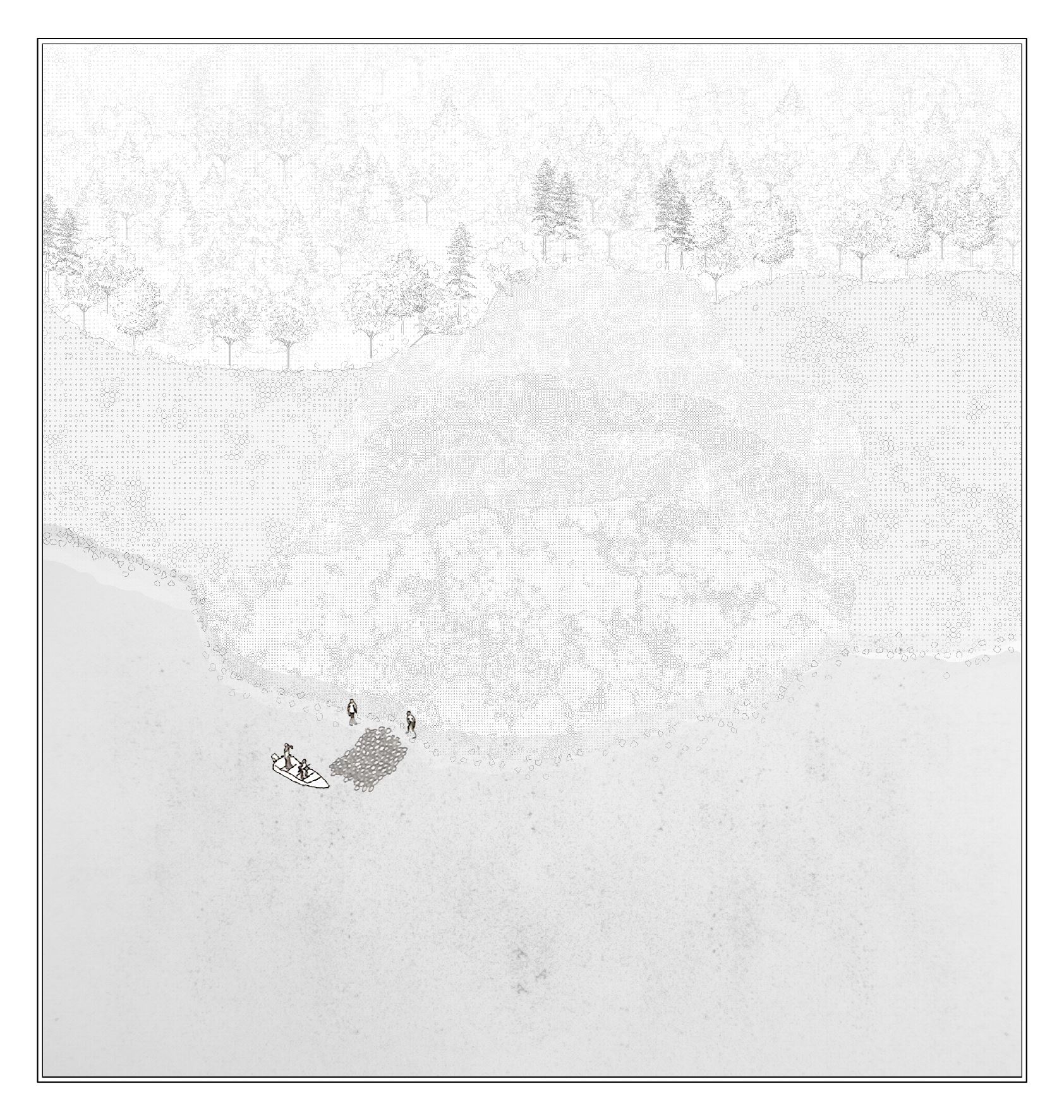




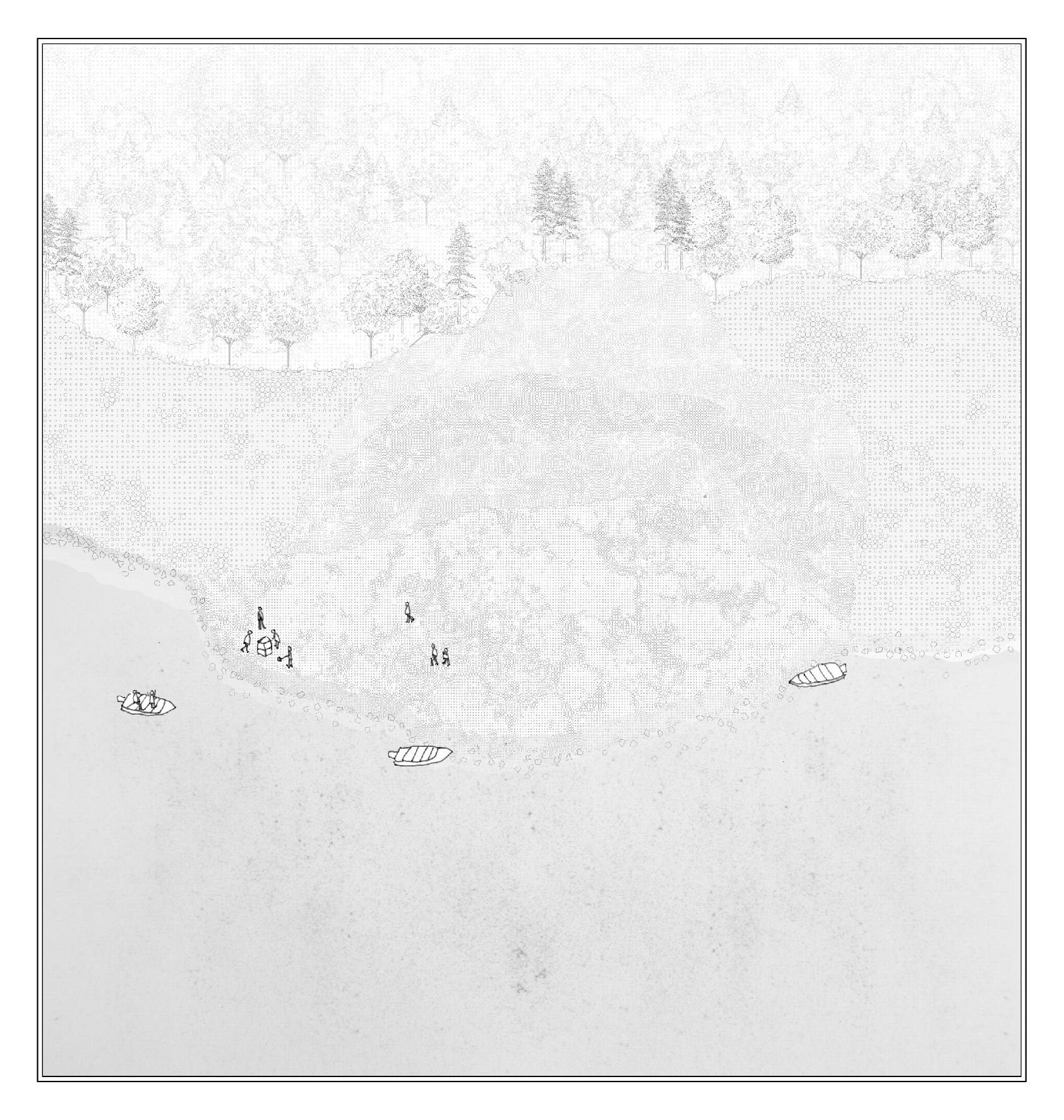
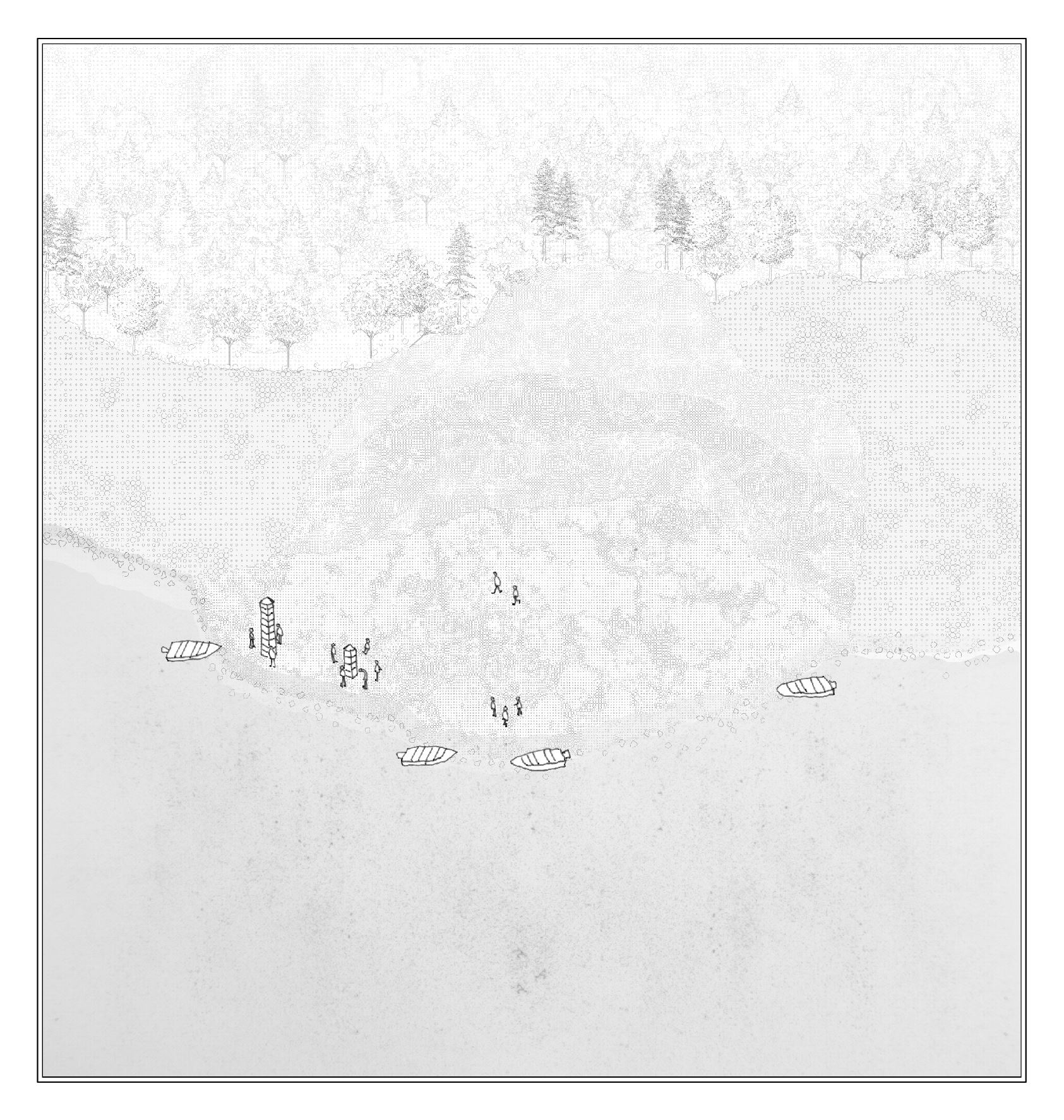




Designed in collaboration with my colleague, Emilia Brasdefer.